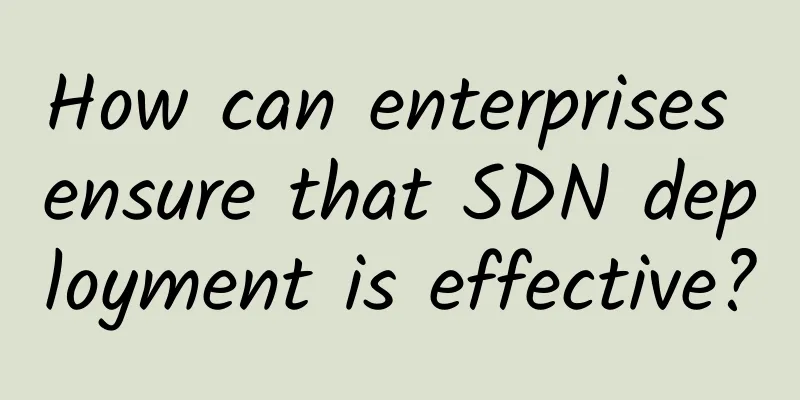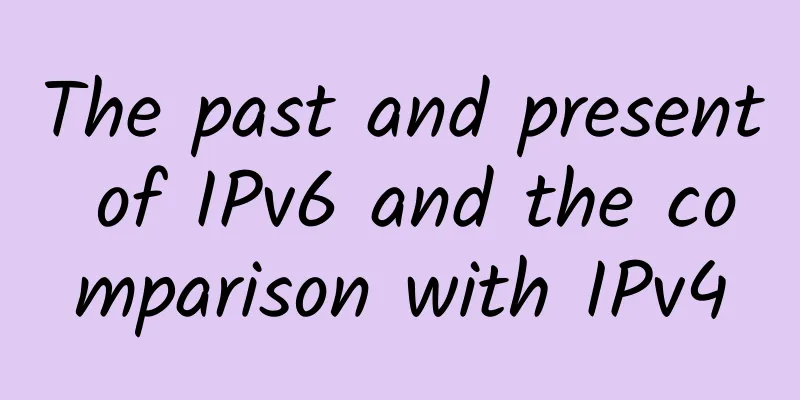RIP is the originator of dynamic routing. Although it is not used much now, you can learn more about it when you have time.

|
1. Introduction to RIP RIP (Routing Information Protocol) is a relatively simple interior gateway protocol (IGP), which is mainly used in smaller networks, such as campus networks and regional networks with simpler structures. RIP is generally not used in more complex environments and large networks. Since RIP is simpler to implement, it is much easier to configure and maintain than OSPF and IS-IS.
2. Working Mechanism of RIP 1. Basic concepts of RIP RIP is a protocol based on the distance vector algorithm. It exchanges routing information through UDP packets and uses port number 520. RIP uses the number of hops to measure the distance to the destination address. The number of hops is called the metric. In RIP, the number of hops from a router to a network directly connected to it is 0, the number of hops to a network reachable through a router is 1, and so on. To limit the convergence time, RIP stipulates that the metric value is an integer between 0 and 15. A hop number greater than or equal to 16 is defined as infinite, that is, the destination network or host is unreachable. Due to this limitation, RIP is not suitable for large networks. To improve performance and prevent routing loops, RIP supports Split Horizon and Poison Reverse functions. 2. RIP routing database Each router running RIP manages a routing database that contains routing entries to all reachable destinations. These routing entries contain the following information:
3. RIP prevents routing loops The RIP protocol announces its own routing table to neighbors, which may cause routing loops. This can be avoided through the following mechanisms:
3. RIP Version There are two versions of RIP: RIP-1 and RIP-2. 1. RIP-1 is a classful routing protocol that only supports publishing protocol messages in broadcast mode. The protocol message cannot carry mask information, it can only identify the routes of natural network segments such as A, B, and C, so RIP-1 does not support discontiguous subnets. 2. RIP-2 is a classless routing protocol. Compared with RIP-1, it has the following advantages:
|
<<: LTE Triangulation for Indoor Asset Tracking
>>: The 5G competition between China and the United States is heating up. What will the future hold?
Recommend
China Mobile: 5G package customers reach 331 million
China Mobile released its unaudited financial dat...
79 yuan for 5 major memberships: Baidu Library/Tencent Video/Qunar/Watsons/Fotor Lazy Design
Recently, my iQiyi membership is about to expire....
Who will pay for the 5G spectrum worth hundreds of billions of dollars?
[[384899]] This article is reprinted from the WeC...
spinservers: 256GB memory San Jose server from $99/month, Dallas server from $89/month
spinservers recently released several special-pri...
Ten ways for Vue.js parent-child component communication
[[266702]] Interviewer: What are the ways for par...
H3C strengthens the foundation of intelligent connectivity with 400G products, providing new impetus for the digital economy
[51CTO.com original article] At present, the digi...
Protocol-Oriented Programming and Cocoa (Part 2)
[[403619]] This article is a summary of the autho...
NB-IoT standard is expected to be commercially available in 2017
June 16, 2016 was the most important day for the ...
Learn InnoDB tablespace
[[408831]] This article is reprinted from the WeC...
Crisis! Crisis! The epidemic is a “crisis”, 5G is an “opportunity”
A sudden encounter with the pneumonia epidemic re...
Aruba expands SD-WAN services to Alibaba Cloud
Aruba, a Hewlett Packard Enterprise company, anno...
Interviewer: What process will be executed after entering the URL?
After entering the URL in the browser, it will pe...
Is 5G connectivity the future of IoT?
The three major US mobile operators AT&T, T-M...
Seven QoS best practices for monitoring cloud traffic
The recent maturation of technologies such as hig...
Saving 5G, starting with removing the pull-down 5G switch?
Recently, many users have found that the 5G signa...









